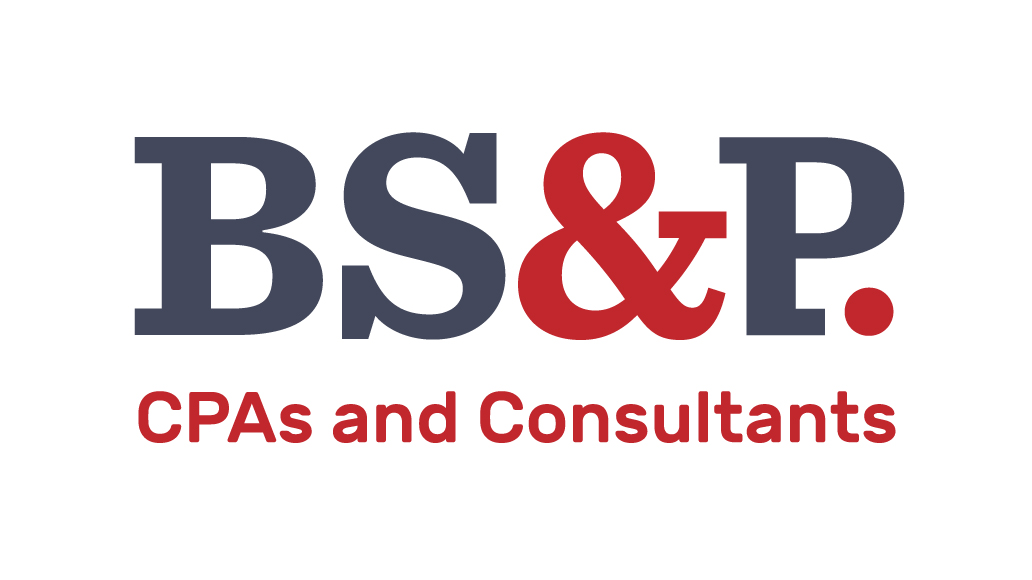The following is a summary overview of some of the important changes to business taxation in the new legislation. All changes are effective for tax years beginning in 2018 unless specifically noted.

Tax, accounting, account.
Corporate Tax Rates: The corporate tax rate is a flat 21%. Previously, the rates were graduated beginning at 15% and escalating to 35% for income above $10 million.
Dividends Received Deduction: For corporations owning at least 20% of the dividend-paying company, the deduction is reduced from 80% to 65% of the dividends; under 20%, the deduction is reduced from 70% to 50%.
Alternative Minimum Tax: The corporate AMT is repealed. Corporations may offset their tax liability by the AMT credit. For tax years beginning after 2017 and before 2022, the credit is refundable in an amount equal to 50% (100% for years beginning in 2021) of the excess of the minimum tax credit for the taxable year over the amount of the credit allowable for the year against regular tax liability.
Bonus Depreciation: A 100% first-year deduction is allowed for qualified property acquired and placed in service after September 27, 2017 and before January 1, 2023. The allowance is phased down in 2023.
Luxury Auto Depreciation Limits: For autos placed in service after 12/31/17 and for which bonus depreciation is not claimed, the maximum depreciation allowance is increased to $10,000 for the year placed in service, $16,000 for the second year, $9,600 for the third year, and $5,760 for the fourth and later years in the recovery period.
Section 179 Expensing: The amount that may be expensed under §179 increased to $1 million. If more than $2.5 million of property is placed in service during the year, the $1 million is reduced by the excess over $2.5 million. The new law expands the definition of §179 property to include certain depreciable tangible personal property used predominantly to furnish lodging or in connection with furnishing lodging. The definition of qualified real property eligible for §179 expensing includes any of the following improvements to nonresidential real property after the date such property was first placed in service: roofs; heating, ventilation, and air-conditioning property; fire protection and alarm systems; security systems; and any other building improvements that aren’t elevators or escalators, don’t enlarge the building, and are not attributable to internal structural framework.
Business Interest: Every business is now limited to a deduction for business interest of 30% of the adjusted taxable income of the taxpayer for the taxable year. The limitation applies at the entity level; i.e., partnership or S corporation level. Any interest disallowed is carried forward indefinitely. The limitation does not apply to taxpayers (other than tax shelters) with average annual gross receipts for the three-tax-year period ending with the prior tax year that do not exceed $25 million.
Lobbying Expenses: The new law disallows deductions for lobbying expenses related to legislation before local councils or similar governmental bodies (including Indian tribal governments).
Research & Experimentation: Specified R&E expenses paid or incurred in tax years beginning after December 31, 2021 would have to be capitalized and amortized ratably over a five-year period. This includes expenses for software development.
Domestic Production Activities Deduction: The DPAD is repealed for tax years beginning after 2017.
Like-kind Exchanges: Like-kind exchange treatment for tangible personal property has been eliminated. Like-kind exchange treatment will only be afforded to real property not held primarily for sale.
Entertainment Expenses: The new law disallows deductions for entertainment, amusement, or recreation that is directly related to (or, in certain cases, associated with) the active conduct of the taxpayer’s trade or business.
Sexual Harassment: Effective for amounts paid or incurred after December 22, 2017, no deduction is allowed for any settlement, payout, or attorney fees related to sexual harassment or sexual abuse if such payments are subject to a nondisclosure agreement. With all of the latest news regarding sexual harassment, the new tax law makes clear that the payor party to a civil settlement will now have to choose between a potential tax deduction or a nondisclosure agreement shielding details from the public.
Family Medical Leave: The law allows businesses a general business credit of 12.5% of the amount of wages paid to qualifying employees on family and medical leave if the rate of payment is 50% of the wages normally paid to the employee, for up to 12 weeks per tax year. The credit is increased by .25 percentage points (not above 25%) for each percentage point by which the rate of payment is over 50%. The change is effective for wages paid in tax years 2018 and 2019. In order to qualify for the credit, family and medical leave must be for:
- Birth of an employee’s child and to care for the child;
- Placement of a child with the employee for adoption or foster care;
- Care for the employee’s spouse, child, or parent who has a serious health condition;
- A serious health condition that makes the employee unable to perform the functions of his or her position;
- Any qualifying exigency due to an employee’s spouse, child, or parent being on covered active duty (or having been notified of an impending call or order to covered active duty) in the Armed Forces; or
- Care for a service member who is the employee’s spouse, child, parent, or next of kin.
In addition, employers must have a written policy in place that meets certain requirements, including providing:
- At least two weeks of paid family and medical leave (annually) to all qualifying employees who work full time (prorated for employees who work part time); and
- The paid leave is not less than 50 percent of the wages normally paid to the employee.
A qualifying employee is any employee under the Fair Labor Standards Act who has been employed by the employer for one year or more, and who for the preceding year, had compensation of not more than $72,000.
An employer must reduce its deduction for wages or salaries paid or incurred by the amount determined as a credit. Also, any wages taken into account in determining any other general business credit may not be used in determining this credit.
New Section 199A 20% Deduction: The new law attempted to help pass-through entities since they did not receive the benefit of the 21% reduced C corporation rate. In a nutshell, the deduction is generally 20% of Qualified Business Income (QBI). QBI is generally ordinary income less deductions from an eligible trade or business. The deduction is for pass-through entities, but whether the type of business is a specified service business matters tremendously. The deduction is also oftentimes dependent on wages and depreciable property. This new deduction has become the flagship item for tax reform but is complex.
Please give me a call if you have any questions regarding this new 20% deduction or anything else concerning your 2018 tax returns.
